What Are Split Ends? 25 Ways To Repair And Prevent Them
You don't need to sacrifice length for health if you know the ways to fix split hair strands.
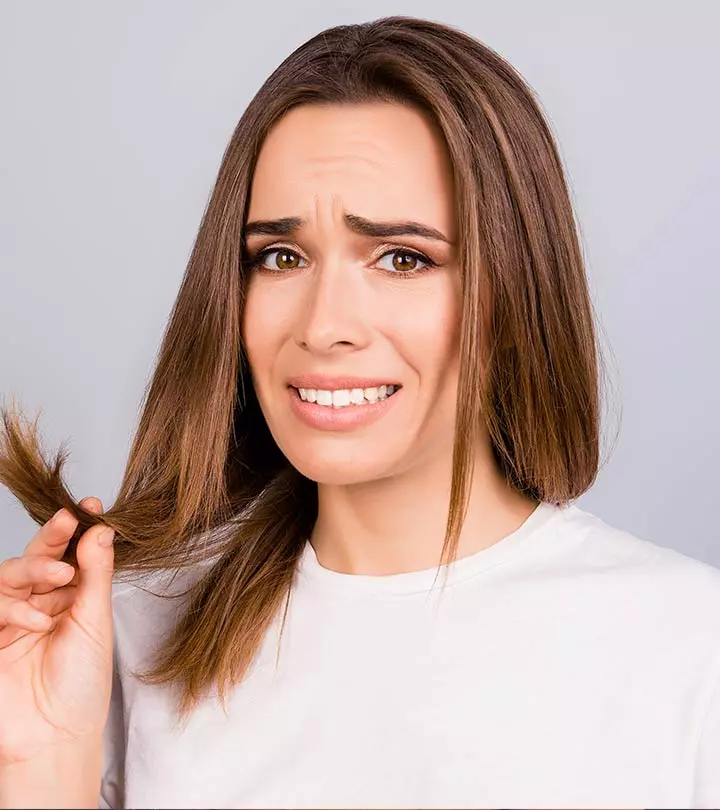
Image: Shutterstock
Split ends are one of the major hair problems most of us go through. It can negatively affect how the hair looks and stop hair growth. But how to prevent split ends? Is cutting them the only way to stop this damage? Not really. From the post below, you can find many natural ways which help you to manage your split ends and slow down their reoccurrence. Want to know what they are? Scroll down to read further!
In This Article
What Are Split Ends?
A split end is the splitting of the hair shaft at the tip of your hair. It is also known as trichoptilosis or “arrangement of feathers in definite areas.” This is because when split ends are not taken care of, the hair strands start to break at different points, making your hair look like a feather.
Why do we get split ends? Find out the leading causes below.
Note: African people are more prone to split ends due to the texture of their natural hair (1).
Why Do You Get Split Ends?
Split ends are a sign that your hair is damaged. Years of improper hair care, harsh chemical treatments, excessive heat styling, a lack of frequent trims, and an improper way of brushing may lead to split ends (2).
They can also occur if you are malnourished and are not getting enough protein, vitamins, and minerals from food or supplements (3). As a result, the natural oils produced by the hair follicles are unable to travel down the length of the hair, making it look dry and frizzy. Hence, the importance of trimming split ends cannot be overlooked, as it helps maintain healthy, smooth hair. However, it is understandable if you do not want to compromise on hair length.
 Quick Tip
Quick TipYou might not have to chop off your hair ends if your split ends are mild. Remember that what adds to the damage is not taking care of your hair externally by using natural hair repair conditioners. But don’t worry, you’ve still got time to repair your hair. Head over to the next section to learn how you can fix split ends without cutting your hair by using nourishing treatments and oils.
25 Ways To Repair And Prevent Split Ends
1. Coconut Oil
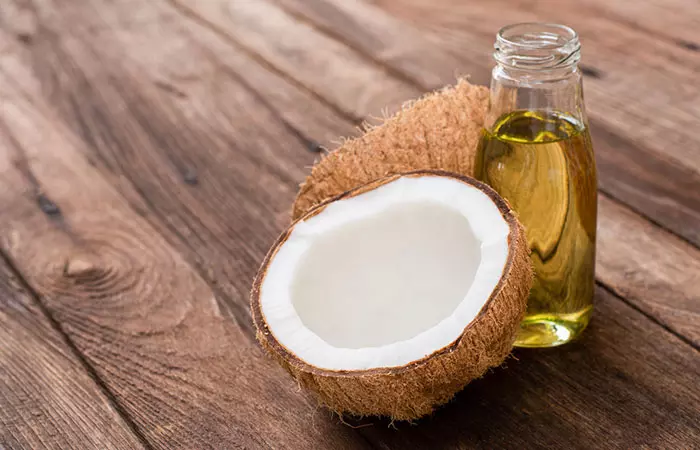
Coconut hair oil is a brilliant moisturizer and natural healer. It contains medium-chain fatty acids that enable it to penetrate your hair easily. It is great for moisturizing hair and prevents and repairs split ends (4).
You Will Need
2-4 teaspoons coconut oil
What You Have To Do
- Take some coconut oil in your palm and apply it to your hair from the roots to the tips. Make sure you apply enough oil to the tips.
- Clip up your hair and cover it with a shower cap. Leave it on overnight.
- In the morning, shampoo your hair to get rid of the excess oil.
- Towel dry your hair. Do not use a hairdryer.
How Often You Should Do This
Do this once every 2-3 days.
2. Coconut Milk
This is a natural home remedy that will give you the feel of a hair spa done in a posh salon. Coconut milk is loaded with vitamin E that prevents the recurrence of split ends, reduces frizz, and rehydrates your hair. The medium-chain fatty acids help condition and smoothen the rough edges of your hair. It is a source of healthy hair vitamins and minerals that may help stimulate hair growth.
You Will Need
2-4 teaspoons coconut milk
What You Have To Do
- Take coconut milk in your palm and apply it to your hair from the roots to the ends.
- Clip up your hair and cover it with a shower cap. Keep it on for 1-2 hours.
- Rinse your hair using a herbal shampoo.
- Towel dry your hair. Do not use a hairdryer.
How Often You Should Do This
Once every 2-3 days.
Tip: Coconut milk is available in supermarkets, and you can store it in the refrigerator. Since it solidifies at cold temperatures, keep it at room temperature for a while for ease of application.
3. Fish Oil
Many studies have shown that fish oil reduces hair loss and stimulates hair growth (5), (6), (7). Another study showed that fish oil could reduce split ends (4). The same study suggested that fish oil worked best when paired with olive oil and egg.
You Will Need
- 1 tablespoon of fish oil
- 2 tablespoons of olive oil
- A whole egg
What You Have To Do
- Mix the olive oil and fish oil.
- Add in the whole egg and beat until it becomes smooth.
- Apply the paste to your hair thoroughly.
- Massage it on the scalp.
- Leave it for an hour.
- Wash your hair and air dry it.
How Often You Should Do This
Repeat this once every two weeks.
4. Argan Oil
Argan oil, also known as liquid gold, is extracted from the Argan kernels. It reverses hair damage and helps prevent split ends (2). The vitamin E, antioxidants, and fatty acids present in argan oil make it an excellent rehydrating agent.
You Will Need
1-2 drops of argan oil
What You Have To Do
- Shampoo your hair and towel dry it.
- While your hair is still damp, apply one to two drops of argan oil from the mid-shaft of your hair till the end.
- Leave it on to dry.
How Often You Should Do This
Apply argan oil every time you shampoo. You can also use it between your shampoo days if you use too many styling products and hair styling tools.
 Fun Fact
Fun Fact5. Castor Oil
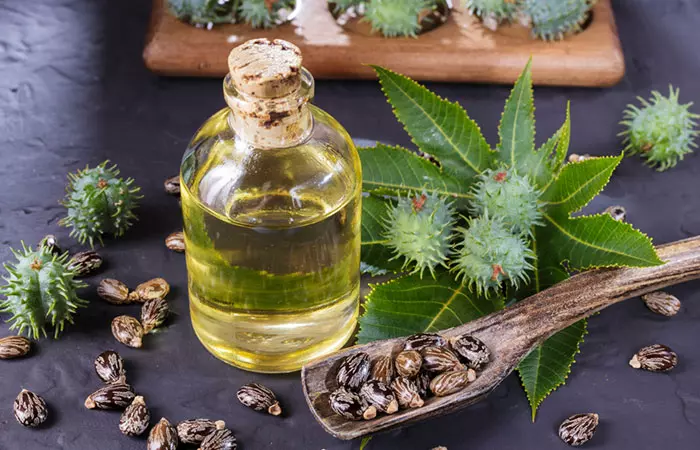
Castor oil has a low molecular weight and can penetrate the hair shaft. It repairs and rehydrates the hair, reduces itchy scalp, promotes hair growth, and treats split ends (8).
You Will Need
- 2-4 teaspoons castor oil
- 2 teaspoons coconut oil
What You Have To Do
- Dilute two to four teaspoons of castor oil with two teaspoons of coconut oil.
- Take a teaspoon of the mixture in your palm. Rub your palms together and then apply it to your hair, starting from the roots till the ends.
- Clip up your hair and cover it with a shower cap.
- Leave it on for 1-2 hours.
- Rinse your hair with a herbal shampoo.
- Towel dry your hair. Do not use a hairdryer.
How Often You Should Do This
Do this 1-2 times a week.
6. Almond Oil
Almond oil can help moisturize and condition your hair and make it smoother (8). This, in turn, can help treat split ends.
You Will Need
4-6 teaspoons almond oil
What You Have To Do
- Heat the almond oil in a bowl.
- Take a teaspoon of the warm oil in your palm and apply it to your hair from the roots to the tips. Massage your scalp in a circular motion.
- Clip up your hair. Cover it with a shower cap, and keep it on for 1-2 hours or overnight.
- Use a herbal shampoo to rinse your hair.
- Towel dry your hair. Do not use a hairdryer.
How Often You Should Do This
Do this once a week.
7. Honey Hair Mask
Honey helps to retain and regulate moisture in the hair. The honey mask helps prevent split ends by strengthening the hair follicles and providing hydration and nutrition to the hair (9), (10).
You Will Need
- 2-4 teaspoons organic honey
- 1 teaspoon coconut milk
- 3 teaspoons milk
What You Have To Do
- Mix all the ingredients in a bowl.
- Apply the mixture to your hair from the roots to the ends. Avoid the roots if you have an oily scalp.
- Clip up your hair, cover it with a shower cap, and keep it on for 1-2 hours.
- Rinse your hair with a herbal shampoo.
- Towel dry your hair. Do not use a hairdryer.
How Often You Should Do This
Do this 1-2 times a week.
8. Papaya Hair Mask
This is a natural remedy that provides deep nourishment to your hair (11). Papaya, almond oil, and yogurt help prevent dry and itchy scalp, promote hair growth, and improve hair health, thereby reducing the risk of split ends (8).
You Will Need
- ½ cup mashed ripe papaya
- 1 tablespoon yogurt
- 1 tablespoon almond oil
What You Have To Do
- Mash the papaya to a pulp.
- Mix the papaya pulp, yogurt, and almond oil in a bowl.
- Apply the papaya blend to your hair from the roots to the tips.
- Clip up your hair. Cover it with a shower cap and keep it on for an hour.
- Shampoo your hair and towel dry it.
How Often You Should Do This
Do this 2 times a week.
9. Banana Hair Mask
Hair damage adversely impacts hair elasticity. When it comes to treating damaged hair, this mask works well. Banana is an excellent natural conditioner (12). It helps improve the hair’s elasticityi The ability of a material to return to its original shape after being stretched or compressed. , thereby preventing breakage. This mask is rich in oils, antioxidants, minerals, and vitamins that help soften the hair.
You Will Need
- 1 ripe banana
- 2 tablespoons coconut milk
What You Have To Do
- Mash one ripe banana in a bowl.
- Add two tablespoons of coconut milk to this and mix well.
- Apply the mixture to your hair from the roots to the tips. Avoid the roots if your scalp is oily.
- Clip up your hair, cover it with a shower cap and keep it on for 1-2 hours.
- Rinse your hair with a herbal shampoo and towel dry it.
How Often You Should Do This
Do this once a week.
10. Egg Hair Mask
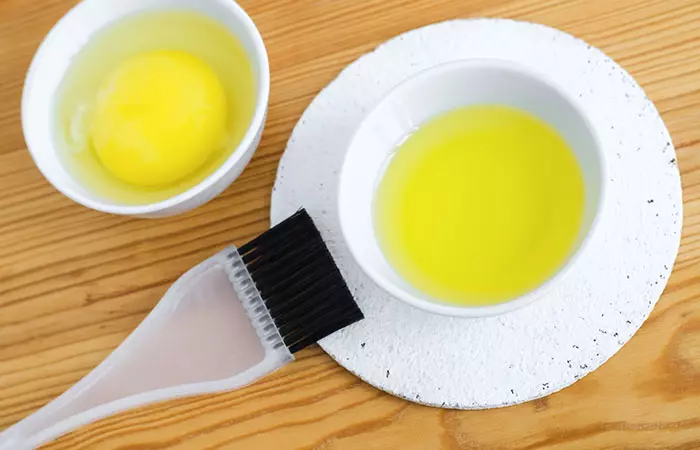
This hair mask not only helps repair split ends but also imparts shine to the hair. Eggs are rich in protein (13). The egg mask provides nutrition and nourishment to the damaged hair, thereby repairing the split ends.
You Will Need
- 1 egg white
- 1 tablespoon coconut oil
- 1 teaspoon organic honey
What You Have To Do
- Mix the egg white, coconut oil, and organic honey in a bowl.
- Apply the mixture to your hair from the roots to the ends.
- Clip up your hair. Cover it with a shower cap and keep it on for an hour.
- Rinse your hair and towel dry it.
How Often You Should Do This
Do this 2 times a week.
11. Mayonnaise Hair Mask
Did you think mayonnaise can just make wraps and sandwiches better? Turns out, it can make your hair better too (8)! It is made of eggs and oil, both of which help hydrate the hair. This mask helps repair the split ends, promotes hair growth, and prevents dryness and damage.
You Will Need
- 2-3 teaspoons mayonnaise
- 1 teaspoon aloe vera gel
What You Have To Do
- Mix two to three teaspoons mayonnaise, and one teaspoon of aloe vera gel in a bowl.
- Apply this mixture to your hair from the roots to the tips.
- Clip up your hair and cover it with a shower cap. Keep it on for an hour.
- Shampoo your hair and towel dry.
How Often You Should Do This
Do this 2 times a week.
12. Avocado Hair Mask
Avocados are rich in vitamin E, minerals, and other phytonutrientsi Nutrients naturally occurring in plants. that help retain moisture in the hair and prevent further hair damage (14). These nutrients help nourish your hair and scalp and promote healthy hair growth (15).
You Will Need
- ½ avocado
- 3 teaspoons almond oil
What You Have To Do
- Mash half an avocado in a bowl.
- Add the almond oil and whip until it becomes smooth and light.
- Apply the mask to your hair from the roots to the ends.
- Clip up your hair and cover it with a shower cap. Leave it on for an hour.
- Shampoo your hair with a herbal shampoo.
- Towel dry your hair. Do not use a hairdryer.
How Often You Should Do This
Do this once a week.
13. Fenugreek Seeds
Fenugreek seeds contain lecithin, a natural emollienti The quality or substance that helps soothe and soften the skin. that can strengthen and moisturize hair (16). This can help reduce split ends.
You Will Need
- 2 teaspoons fenugreek powder
- 2 tablespoons curd
What You Have To Do
- Mix two tablespoons of curd and two teaspoons of fenugreek seed powder in a bowl.
- Apply this mixture to your hair from the roots to the tips.
- Clip up your hair and cover it with a shower cap.
- Keep it on for half an hour.
- Rinse your hair with a herbal shampoo and lukewarm water.
- Towel dry your hair. Do not use a hairdryer.
How Often You Should Do This
Do this 2 times a week.
 Did You Know?
Did You Know?14. Onion Juice
Though chopping onions can make you cry, applying onion juice can prevent your hair from crying out for help. Onion juice provides nourishment to your hair follicles and promotes hair growth (17).
You Will Need
- 2 teaspoons onion juice
- 1 teaspoon coconut oil
- 1 teaspoon olive oil
What You Have To Do
- Mix onion juice, coconut oil, and almond oil in a bowl.
- Apply this mixture to your hair. Avoid applying it to your scalp.
- Clip up your hair. Cover it with a shower cap and keep it on for an hour.
- Rinse your hair with a herbal shampoo.
- Towel dry your hair. Do not use a hairdryer.
How Often You Should Do This
Do this once a week.
15. Lemon Water

Lemon water is an excellent cleanser and a natural conditioner. It helps prevent the breakage of hair strands.
You Will Need
- 2 teaspoons lemon juice
- 1 L water
What You Have To Do
- Mix two teaspoons of lemon juice with a liter of water.
- After shampooing your hair, give it a final rinse with lemon water.
- Dab your hair with a dry towel to soak the water. Do not rub the towel vigorously.
How Often You Should Do This
Do this whenever you wash your hair.
16. Aloe Vera Gel
Aloe vera gel contains nutrients that help improve hair health, add volume to the hair, and protect it from sun or heat damage (8).
You Will Need
- 4 tablespoons aloe vera gel
- 2 tablespoons lime juice
What You Have To Do
- Mix aloe vera gel with lime juice in a bowl.
- Apply this mixture to your hair from the roots to the hair tips.
- Clip up your hair and cover it with a shower cap.
- Leave it on for an hour.
- Shampoo and towel dry your hair.
How Often You Should Do This
Do this 2-3 times a week.
17. Tea Tree Oil
Tea tree oil can help reduce itchiness, scaliness, and greasiness in the scalp (18). This, in turn, can help reduce split ends.
You Will Need
- 4 drops of tea tree oil
- 4 drops of almond oil
- 4 drops of coconut oil
- 1 teaspoon aloe vera gel
What You Have To Do
- Mix all the ingredients in a bowl.
- Apply the mixture to your hair.
- Clip up your hair, cover it with a shower cap, and keep it on for 1-2 hours.
- Shampoo and towel dry your hair.
How Often You Should Do This
Do this 2-3 times a week.
18. Curd
Curd mask provides moisture to the hair and prevents breakage of the hair strands (8). It is one of the best natural and highly effective hair products for split ends and dry scalp.
You Will Need
- 4 tablespoons curd
- 1 teaspoon olive oil
- 1 teaspoon organic honey
What You Have To Do
- Mix four tablespoons of curd, a teaspoon of olive oil, and a teaspoon of organic honey in a bowl.
- Apply the mixture to your hair.
- Clip up your hair and cover it with a shower cap. Keep it on for an hour.
- Rinse your hair with a herbal shampoo and towel dry it.
How Often You Should Do This
Do this once a week.
19. Rose Water
Rose water is a mild astringenti The quality or substance that helps contract cells and tissues. (19). It can help reduce oiliness and dandruff, which can enhance hair health and reduce split ends.
You Will Need
- 4 teaspoons rose water
- 1 teaspoon lime juice
- 1 teaspoon honey
- 8 teaspoons water
What You Have To Do
- Mix rose water, lime juice, honey, and water in a bowl.
- Apply the mixture to your hair.
- Clip up your hair. Cover it with a shower cap and keep it on for an hour.
- Shampoo your hair and towel dry it.
How Often You Should Do This
Do this 2 times a week.
20. Apple Cider Vinegar
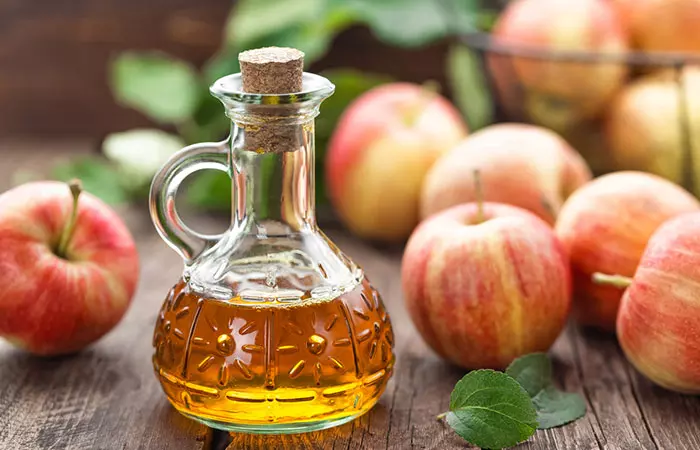
Apple cider vinegar smoothes the cuticlesi Outermost layer of a hair strand. of the hair, thereby preventing hair strand breakage and damage (8).
You Will Need
- 1 teaspoon apple cider vinegar
- 500 mL water
What You Have To Do
- Mix one teaspoon of apple cider vinegar and five hundred mL of water in a bowl.
- After shampooing your hair, wash it with the diluted apple cider vinegar.
- Towel dry your hair.
How Often You Should Do This
Do this 2 times a week.
21. Folic Acid And Biotin
These supplements help strengthen the follicles and cuticles of the hair and prevent hair damage and hair loss (3).
You Will Need
Folic acid and biotin supplements
What You Have To Do
- Talk to your doctor before taking folic acid and biotin supplements for split ends.
- Take only the recommended dosage for best results.
How Often You Should Do This
As directed by your doctor.
22. Beer
Beer contains sugar and protein that help strengthen the hair and prevent split ends.
You Will Need
- 4 tablespoons beer
- 1 teaspoon honey
What You Have To Do
- Mix four tablespoons of beer and a teaspoon of honey in a bowl.
- Massage this mixture into your scalp and the hair tips.
- Clip up your hair and leave it on for 30 minutes.
- Rinse with a herbal shampoo.
- Towel dry your hair. Do not use a hairdryer.
How Often You Should Do This
Do this once a week.
23. Walnut Oil
Walnut oil is another natural remedy for split ends. It is a great source of healthy fats that moisturize the hair and prevent split ends (19).
You Will Need
2-4 teaspoons walnut oil
What You Have To Do
- Microwave two to four teaspoons of walnut oil for 10 seconds.
- Massage your scalp and the hair tips with the warm oil.
- Clip up your hair and leave it on overnight.
- Shampoo your hair and towel dry.
How Often You Should Do This
Do this every 2-3 days.
24. Cutting And Trimming
Yes, you want to grow your hair, but if you have too many split ends, it is better to get your hair trimmed – just a little. Getting your hair trimmed will prevent it from looking dry and frizzy and also prevent further damage.
What You Have To Do
- Take a professional’s help to get your hair trimmed.
- The hairstylist can see how many split ends you have and will remove the damaged hair.
- Trimming hair at least once a month is a great way to keep your hair ends healthy.
Be patient. Your hair will grow back. Dry and unhealthy hair doesn’t look good no matter how many hair products you use. Start taking care of your hair by oiling and applying hair masks regularly.
Alexandra, a blogger, shared her experience about how she likes to take care of her split ends. She talks about the simple method of dusting and states in her blog post, “I take a strand of my hair and twist it all the way to the ends. As a result, the hairs that are very dry, split, or damaged, will stick out of it (i).” She further shares, “My hair gets very mild split ends (especially since I’ve completely stopped coloring it), so I do this procedure once every 2-3 months. It works great for medium to long hair.”
25. Candle Cutting
Candle cutting is a new technique that originated in Brazil. It is essentially used to remove split ends. You can keep the length of the hair long and get rid of the split ends as well.
What You Have To Do
- Get an appointment with a professional.
- Sections of your hair will be twisted, and the damaged hair sticking out will be burned with the help of candle flame.
Caution:
This should always be done by a professional who is an expert in candle cutting. Remember, it is not a DIY hack. Do NOT try this at home.
These are the 25 ways you can get rid of, prevent, and avoid getting split ends. But how do you know that you have split ends?
How To Detect Split Ends
- Part your hair in the middle and section it.
- Hold one section in between your middle and index fingers.
- Take a look at the ends of your hair.
Note: If you constantly notice split ends despite maintaining a regular hair care routine, it might be a good idea to consult a professional hair stylist for personalized advice.
You will know that you have split ends if you see any of the following.
What Are The Different Types Of Split Ends And What Do They Mean?
- Basic Split – The typical Y-shaped split end. Your hair needs more nourishment and can be treated.
- Mini Split – A smaller Y-shaped split that signals the beginning of a split end. Nourish your hair with the hair masks listed above before it’s too late.
- Fork In The Road – A three-way split end. This shows your hair is damaged and needs immediate attention.
- The Tree Split – Many split ends in one single strand of hair. Your hair is damaged, and you need to get a trim.
- The Candle – The end of your hair has lost its cuticles and looks thinner than the upper part. You need to get a trim or candle cut.
- The Knot – This is a common problem and can lead to hair breakage and hair fall. You should get rid of it by getting a trim.
Now that you know how you identify different types of split ends, it is time to use suitable methods to prevent and avoid them. Here are a few quick tips to take care of split ends.
Tips
- Use good quality hair brushes and wide-toothed combs to gently detangle the tresses.
- Make sure you only use hair products of a reputed brand.
- The products should be gentle on your hair.
- Choose sulfate-free shampoos that can clean your hair without drying it out.
- Avoid excessive heat styling, as it can damage the structure of your hair and make it more prone to breakage.
- Try to alternate between home remedies and commercially available products.
- Getting salon hair treatments may be a bit expensive but are good nonetheless. Protein treatments add a protective layer of protein to your hair. Go for deep hair conditioning and regular hair spa treatments.
- If you want to snip off the ends at home, make sure you use the right hair scissors or hair shears. Using regular paper scissors can cause further damage by causing split ends.
- Use as few chemicals as possible.
- Always use protective products, like leave-in conditioners, hair serums. Use good heat-protecting hair serum when styling hair. This will ensure your hair gets as less damage as possible.
- Always rinse your hair before swimming and take a quick shower after. This will help you avoid chlorine build-up in the hair and prevent split ends.
- Comb gently and follow the right hair brushing technique to reduce hair breakage. Avoid brushing your hair when it is damp.
- Keep your hair tied as much as possible. Open hair is more prone to damage.
Infographic: Hairstyles To Sleep In To Prevent Split Ends
One of the ways you could prevent splits and hair damage like frizz is to sleep with your hair tied in protective styles. Detangle your hair and tie your tresses in protective styles to keep them free of knots and splits.
Check out the below infographic to learn the many protective styles you can sleep in to prevent split ends. Illustration: StyleCraze Design Team
No one wants to see their hair ends in splits. Split ends are a sign of hair damage. If left uncared for, they become worse. The quicker you tend to them, the faster they heal and the healthier your hair becomes. Practicing a regular hair care routine with simple tips like oiling your hair, applying hair masks, using natural nourishing ingredients, and trimming your hair can increase hair health and improve hair texture, feel, and appearance. When it comes to split ends treatment, prevention is the key. However, if you notice no change in your hair health even after trying these remedies, you may need to consult a doctor.
Frequently Asked Questions
Is it possible to repair split ends?
Split ends cannot be fully repaired but can be temporarily sealed with certain products. The best solution is regular trims to prevent further damage and keep hair healthy and strong. Following the right hair care routine also helps to keep the split ends issue at bay.
Why do I keep getting split ends after I cut it?
Your hair could be damaged if its ends keep splitting. You should follow a regular hair care regimen. Oil your hair at least once a week. Avoid using chemicals and heat styling tools. Avoid coloring your hair. Don’t brush your hair aggressively. Apply hair masks and packs filled with natural and nutrient-filled ingredients.
Do split ends ruin hair?
If you do not care for your split ends, they could lead to more hair damage. Your hair could split upwards, drastically weakening your hair structure and leaving it vulnerable to sun damage, styling tools, and pollution.
Does cutting hair with dull scissors cause split ends?
Dull scissors have blunt blades that may not easily cut through your hair ends, leaving them jagged. It’s better to cut your hair with sharp scissors.
Key Takeaways
- Avoid brushing your hair roughly; it can cause split ends.
- Applying fish oil can nourish your hair and stimulate hair growth.
- Honey hair masks can strengthen and hydrate your hair follicles to reduce split ends.
- You can use an egg mask on your hair because the protein in eggs will strengthen your hair.
Learn easy tips to get rid of split ends and hair breakage completely. Check out the video below to get the best advice to keep your hair healthy and strong.
Personal Experience: Source
StyleCraze's articles are interwoven with authentic personal narratives that provide depth and resonance to our content. Below are the sources of the personal accounts referenced in this article.
i. TipTuesday #10: Getting rid of split ends without losing lengthhttps://youandmeandcupofcoffee.wordpress.com/2020/05/19/tiptuesday-10-getting-rid-of-split-ends-without-losing-length/
References
Articles on StyleCraze are backed by verified information from peer-reviewed and academic research papers, reputed organizations, research institutions, and medical associations to ensure accuracy and relevance. Read our editorial policy to learn more.
- Hair Breakage In Patients Of African Descent: Role Of Dermoscopy, Skin Appendage Disorders, US National Library Of Medicine, National Institute Of Health.
https://www.ncbi.nlm.nih.gov/pmc/articles/PMC4857843/ - Hair Cosmetics: An Overview, International Journal Of Trichology, US National Library Of Medicine, National Institute Of Health.
https://www.ncbi.nlm.nih.gov/pmc/articles/PMC4387693/ - The Role Of Vitamins And Minerals In Hair Loss: A Review, Dermatology And Therapy, US National Library Of Medicine, National Institute Of Health.
https://www.ncbi.nlm.nih.gov/pmc/articles/PMC6380979/ - Effect Of Mineral Oil, Sunflower Oil And Coconut Oil On Prevention Of Hair Damage, Journal Of Cosmetic Science, US National Library Of Medicine, National Institute Of Health.
https://pubmed.ncbi.nlm.nih.gov/12715094/ - A 3-Month, Randomized, Double-Blind, Placebo-Controlled Study Evaluating The Ability Of An Extra Strength Marine Protein Supplement To Promote Hair Growth And Decrease Shedding In Women With Self Perceived Thinning Hair, Dermatology Research And Practice, US National Library Of Medicine, National Institute Of Health.
https://pubmed.ncbi.nlm.nih.gov/25883641/ - Mackerel- Derived Fermented Fish Oil Promotes Hair Growth By Anagen- Stimulating Pathways, International Journal Of Molecular Sciences, US National Library Of Medicine, National Institute Of Health.
https://www.ncbi.nlm.nih.gov/pmc/articles/PMC6164340/ - Effect Of A Nutritional Supplement On Hair Loss In Women, Journal Of Cosmetic Dermatology, US National Library Of Medicine, National Institute Of Health.
https://pubmed.ncbi.nlm.nih.gov/25573272/ - Ethnopharmacological survey of home remedies used for treatment of hair and scalp and their methods of preparation in the West Bank-Palestine (2017), BMC Complementary And Alternative Medicine , US National Library Of Medicine, National Institute Of Health.
https://www.ncbi.nlm.nih.gov/pmc/articles/PMC5499037/ - Therapeutic And Prophylactic Effects Of Crude Honey On Chronic Dermatitis And Dandruff, European Journal of Medical Research, US National Library Of Medicine, National Institute Of Health.
https://pubmed.ncbi.nlm.nih.gov/11485891/// - Medicinal And Cosmetic Uses Of Bee’s Honey- A Review, Ayu, US National Library Of Medicine, National Institute Of Health.
https://www.ncbi.nlm.nih.gov/pmc/articles/PMC3611628/ - Nutritional And Phyto-Therapeutic Potential Of Papaya; An Overview, International Journal Of Food Properties, Taylor Francis Online,
https://www.tandfonline.com/doi/full/10.1080/10942912.2012.709210 - Traditional And Medicinal Uses Of Banana, Journal Of Pharmacognosy And Phytochemistry, US National Library Of Medicine, National Institute Of Health.
https://www.phytojournal.com/vol1Issue3/Issue_sept_2012/9.1.pdf - Naturally Occurring Hair Growth Peptide: Water Soluble Chicken Egg Yolk Peptides Stimulate Hair Growth Through Induction Of Vascular Endothelial Growth Factor Production, Journal of Medicinal Food, US National Library Of Medicine, National Institute Of Health.
https://pubmed.ncbi.nlm.nih.gov/29583066/ - Hass avocado Composition And Potential Health Effects, Critical Reviews In Food Science And Nutrition, Taylor Francis Online,
https://www.tandfonline.com/doi/full/10.1080/10408398.2011.556759 - Fenugreek ( Trigonella Foenum-Graecum L.) As A Valuable Medicinal Plant, International Journal Of Advanced Biological And Biomedical Research,
https://www.ijabbr.com/article_7851_bbd8fa7701b237d7746306a9df24e736.pdf - Onion Juice ( Allium Cepa L.,) A New topical Treatment For Alopecia Areata, Journal Of Dermatology, US National Library Of Medicine, National Institute Of Health.
https://pubmed.ncbi.nlm.nih.gov/12126069/ - Treatment Of Dandruff With 5% Tea Tree Oil Shampoo, Journal Of The American Academy Of Dermatology, US National Library Of Medicine, National Institute Of Health.
https://pubmed.ncbi.nlm.nih.gov/12451368// - Pharmacological Effects Of Rosa Damascena, Iranian Journal Of Basic Medical Science, US National Library Of Medicine, National Institute Of Health.
https://www.ncbi.nlm.nih.gov/pmc/articles/PMC3586833/ - Scientific Processing Of Walnuts Necessary For Amazing Health Benefits, Journal of Chemistry And Chemical Sciences, ResearchGate,
https://www.researchgate.net/publication/319182987_Scientific_Processing_of_Walnuts_Necessary_for_Amazing_Health_Benefits
Read full bio of Dr. Vindhya L Veerula
Read full bio of Anjali Sayee
Read full bio of Eshna Das
Read full bio of Krati Darak







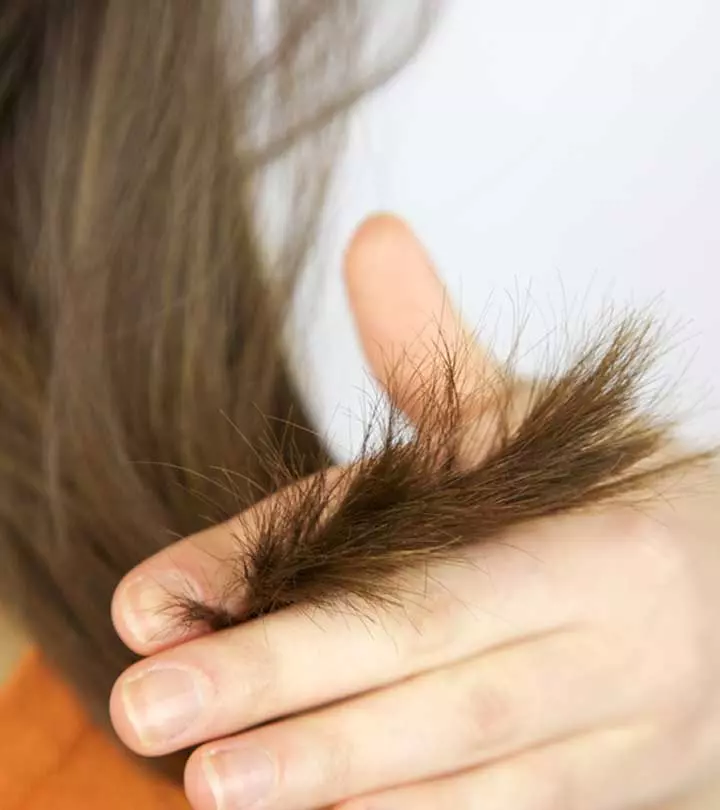
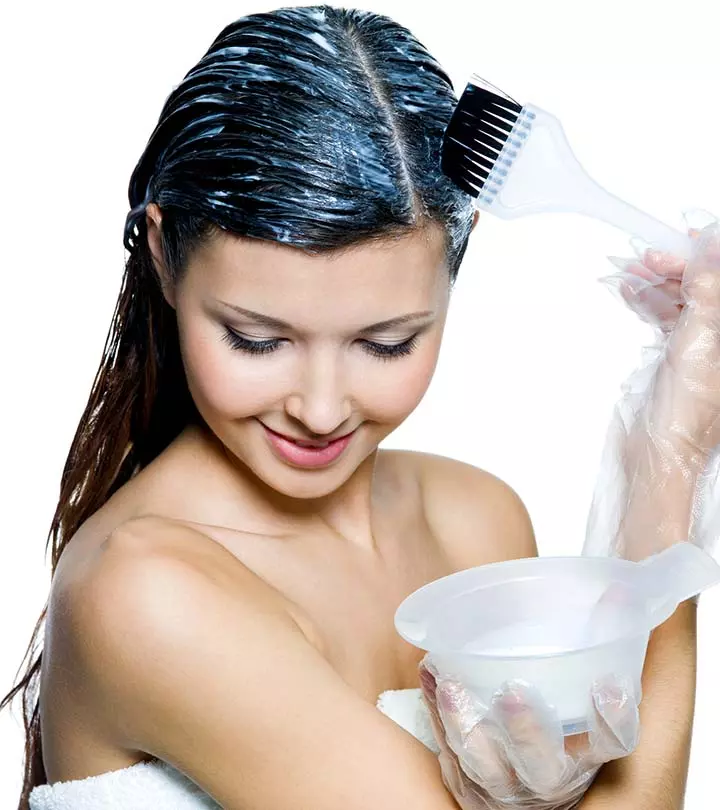






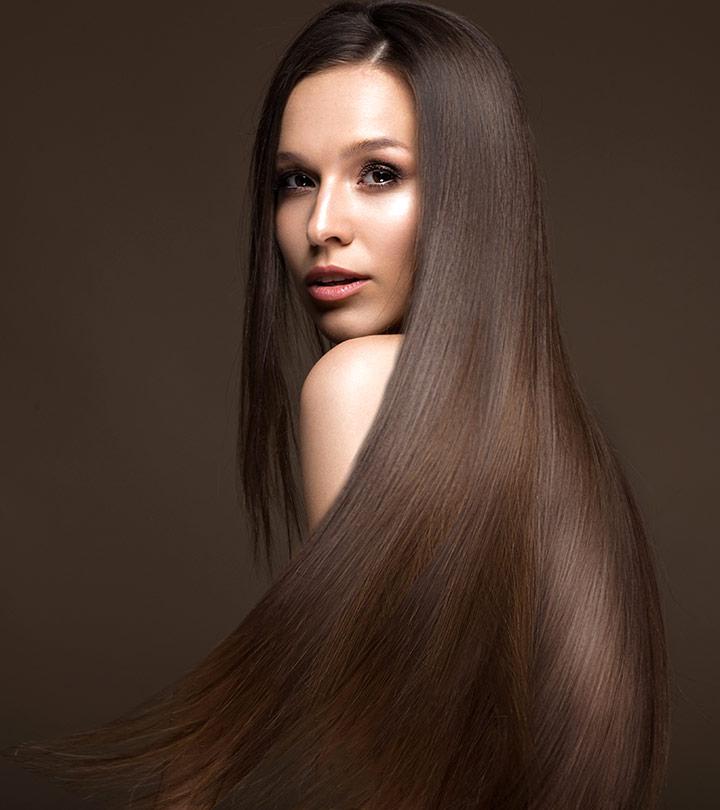
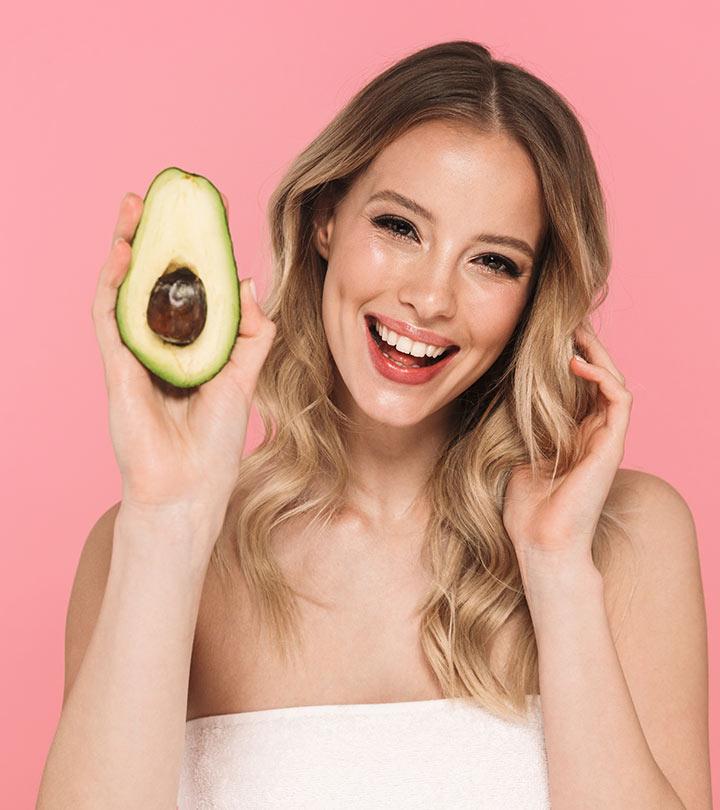

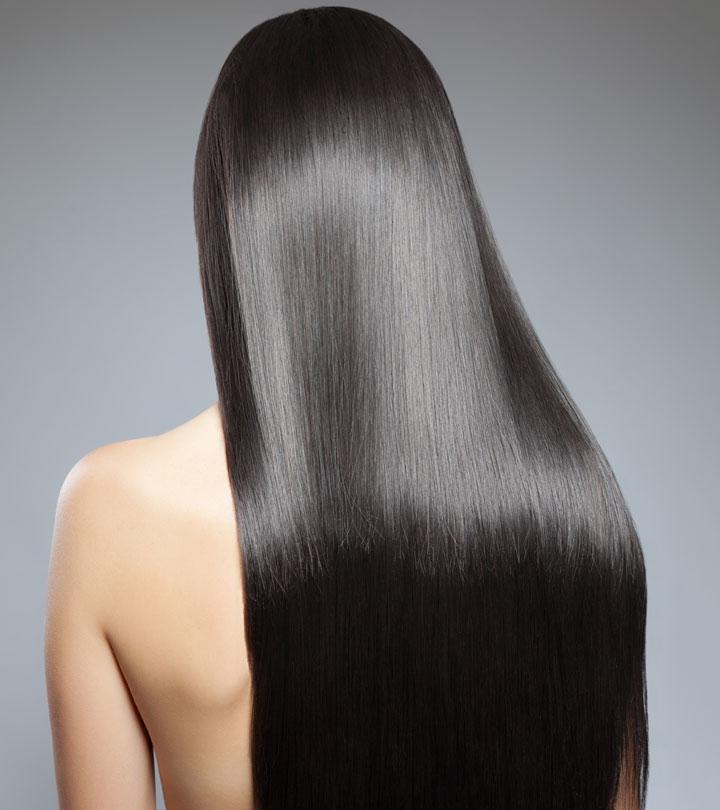
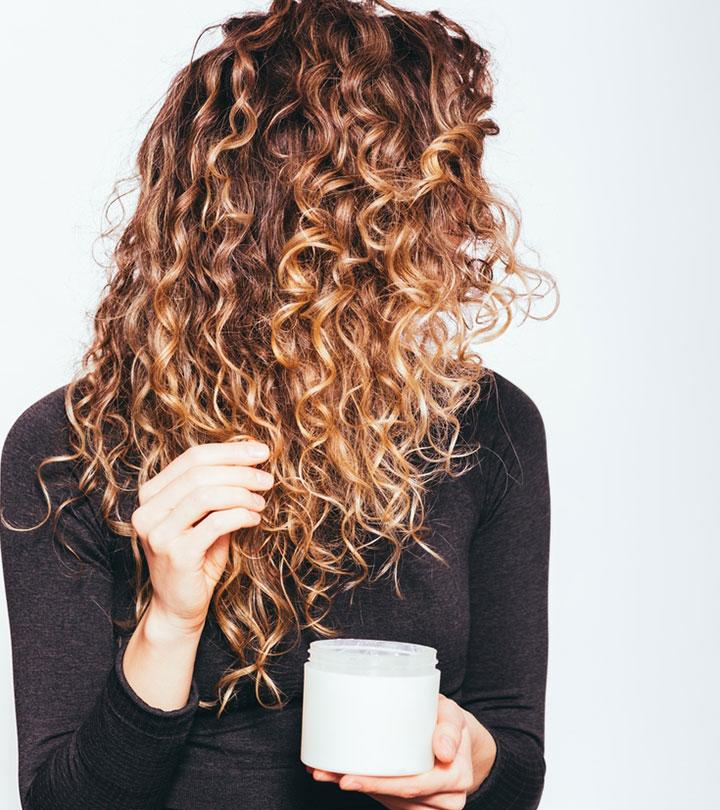
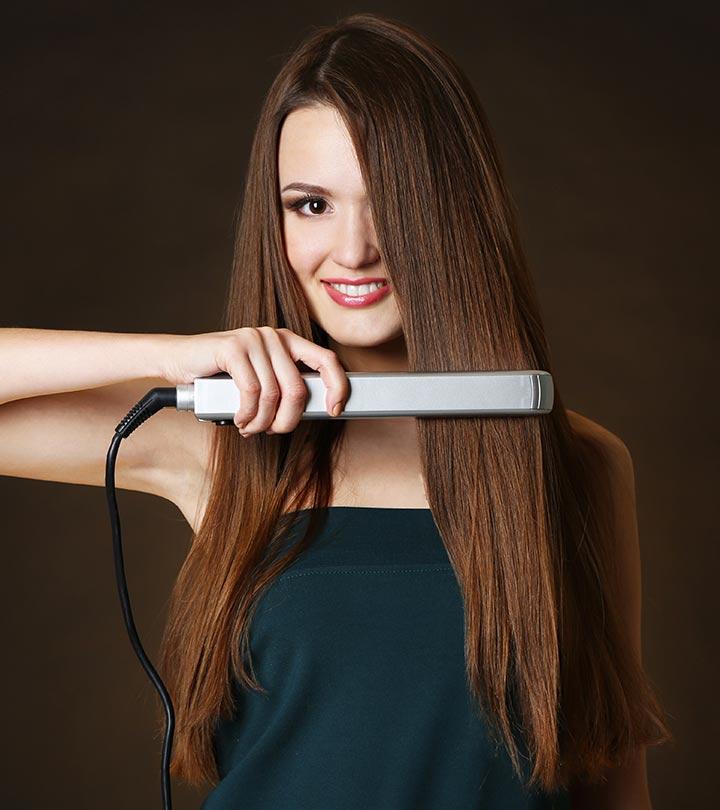

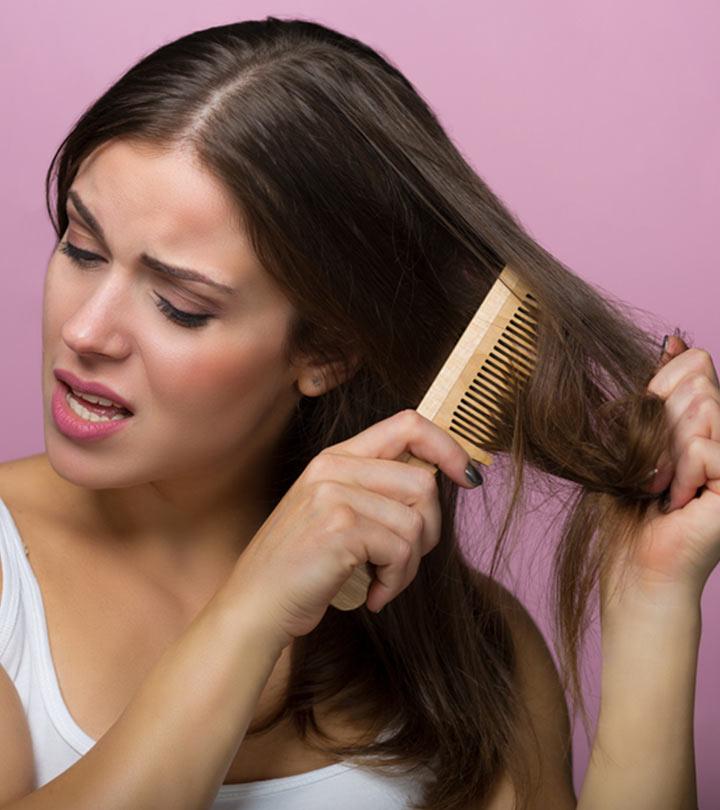
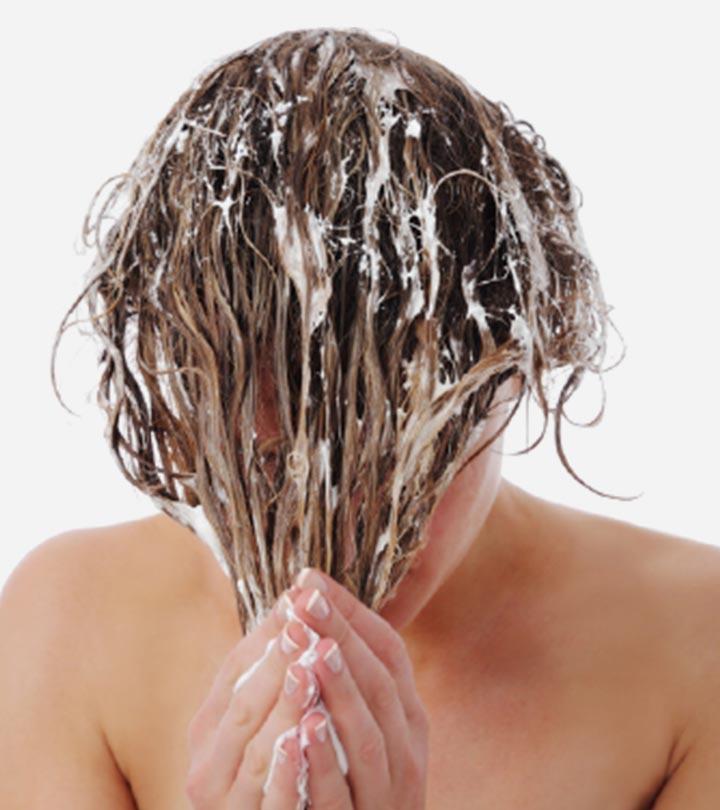
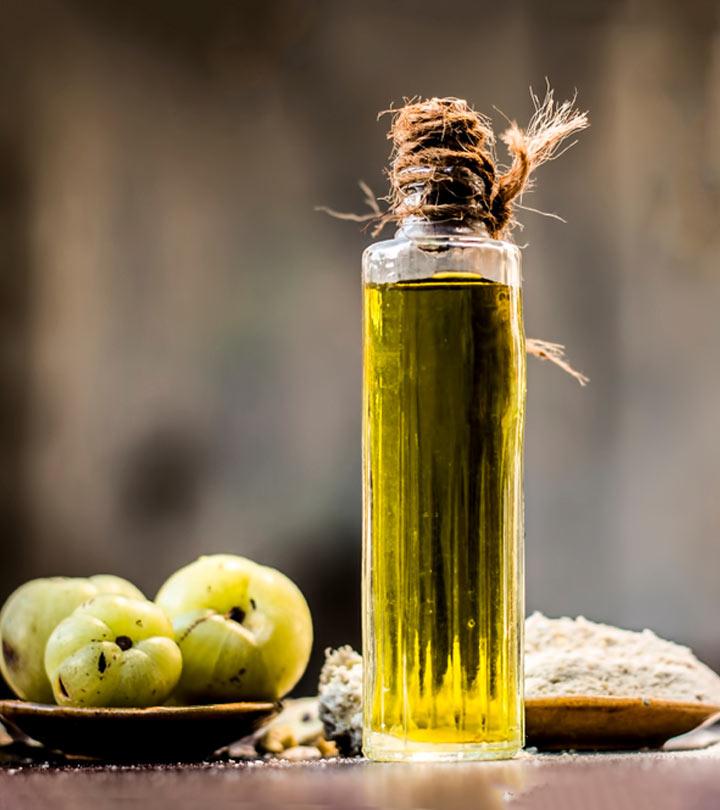
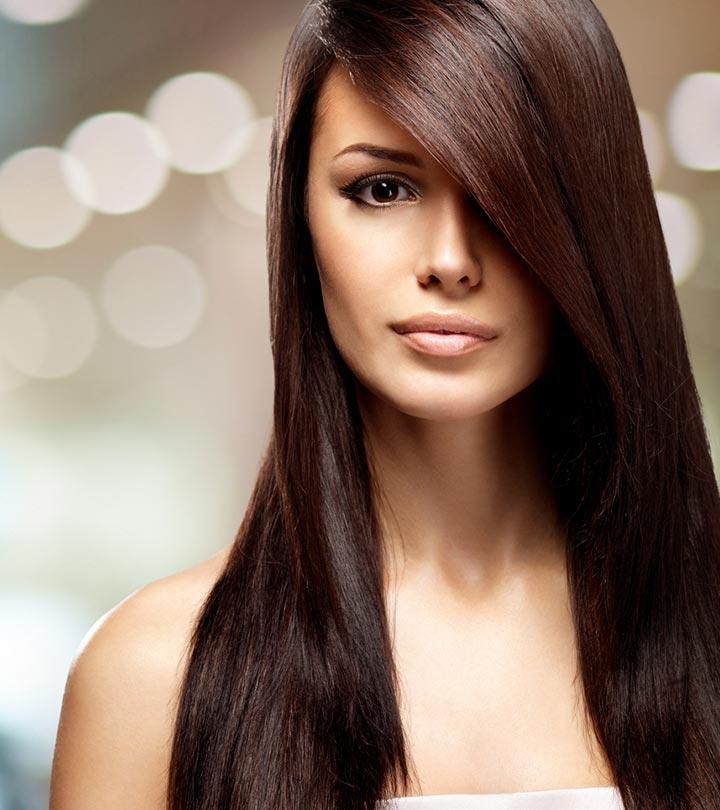
Community Experiences
Join the conversation and become a part of our empowering community! Share your stories, experiences, and insights to connect with other beauty, lifestyle, and health enthusiasts.